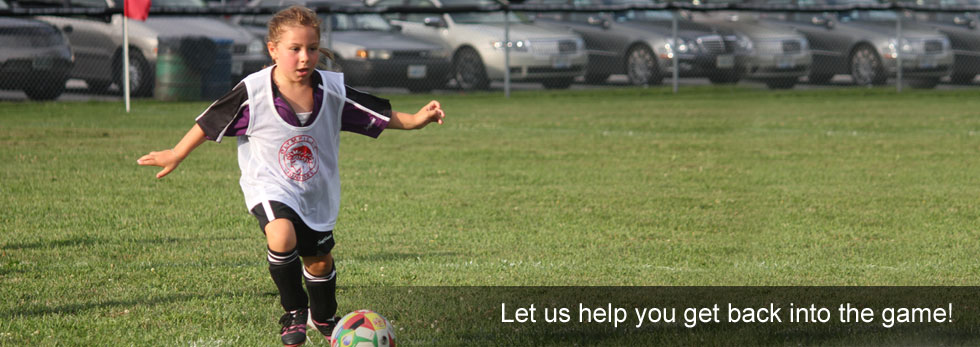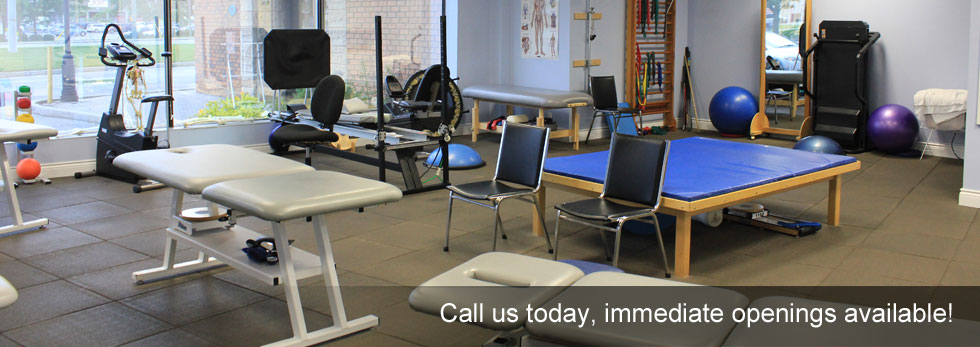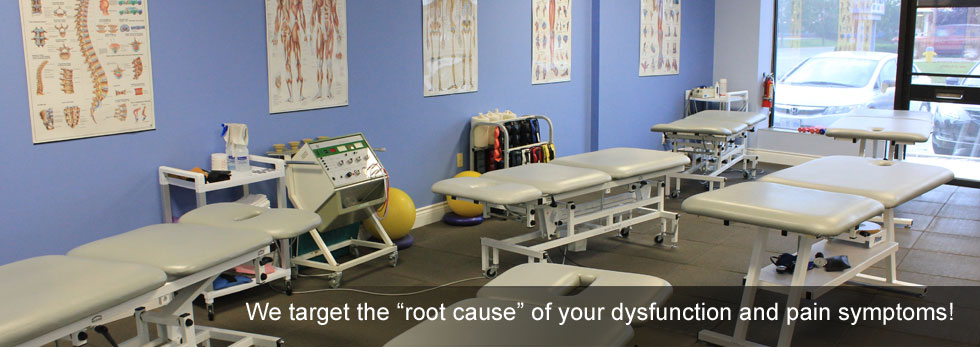Physiotherapy in Sarnia for Lower Back
I have a high-grade spondylolisthesis that I've had since my early 20s. As I get older I notice more back pain. So far I've managed to avoid surgery. Is there anything else I can do to keep this from getting worse?
As an orthopedic condition, spondylolisthesis comes up often in the physician's office. It's a condition that develops in childhood but often shows up with symptoms of low back pain in early adulthood. Many children/teens don't even know they have this problem until it becomes symptomatic.
By definition, isthmic spondylolisthesis is the forward slippage of one vertebra over another (the one below it). It happens because there is a defect (usually a tiny crack) in the pars interarticularis (one of the supporting columns of the vertebra). That defect develops early in life before the bones are fully grown and fused.
Studies have confirmed that the natural history of isthmic spondylolisthesis (i.e., what happens over time) has a very low incidence of progression. In other words, it stays the same and doesn't get worse over time. Most cases of spondylolisthesis can be treated conservatively (without surgery). This is especially true for the low-grade type.
Conservative (nonsurgical) care involves physical therapy, activity modification, and sometimes bracing and/or pain relieving medications. Physical therapists teach the patients lifelong skills of management including core training, correct posture and lifting, stretching, and aerobic conditioning.
Your new symptoms may not even be related to the previous diagnosis of spondylolisthesis. The best thing to do before adding any exercise or change in lifestyle is to see your orthopedic surgeon for a re-evaluation. Make sure the low back pain is really coming from the spondylolisthesis.
After an examination and possibly new X-rays, your surgeon will be able to advise you about the best plan of care. Conservative care is likely still advised. Surgery is an option when the condition progresses to the point of compromising the neurologic system (pressure on the spinal nerve roots).
Reference: Steven S. Agabegi, MD, and Jeffrey S. Fischgrund, MD. Contemporary Management of Isthmic Spondylolisthesis: Pediatric and Adult. In The Spine Journal. June 2010. Vol. 10. No. 6. Pp. 530-543.

















